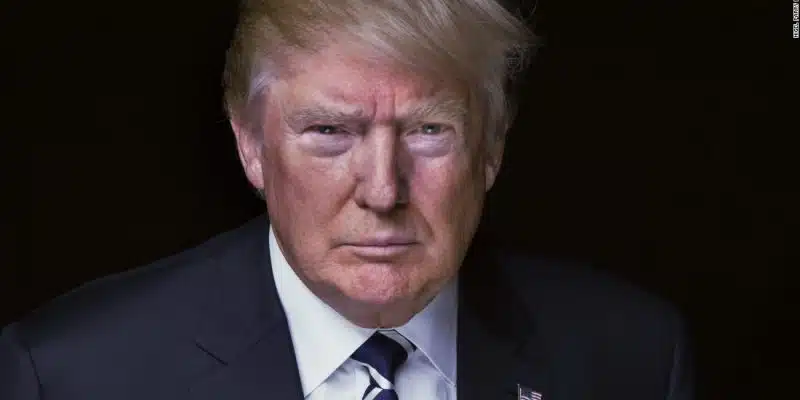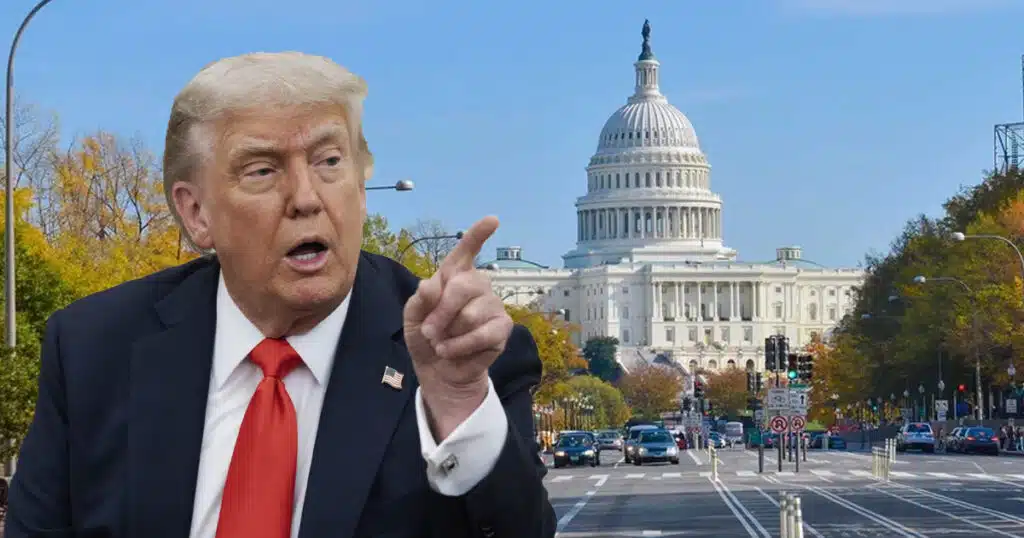
Impoundment Control Act Wears Out Its Welcome
President Trump has made it clear that he is dead serious about cutting the federal budget deficit and even becoming the first president in a quarter-century to actually balance the budget.
He has his work cut out for him. The deficit for the last year of the Biden administration was $1.87 trillion – about $5,500 in new borrowing for every person in America. The total federal debt has passed $36 trillion, or about $106,000 per person. This burden, left unchecked, will destroy America’s prosperity and leave a legacy of ashes to our children and grandchildren.
Through the sweeping cuts of DOGE and Secretary Pete Hegseth’s call for a significant reduction in defense spending, President Trump has made it clear he wasn’t kidding about his plans to fix America’s spending problem before it’s too late. But if he’s to achieve as much as we need him to, President Trump needs another tool in his arsenal: the impoundment of federal funds.
Mention “impoundment,” and most Americans will think of what happens when their car gets towed, but it’s nothing so sinister as that. Presidential impoundment literally just means not spending money. That’s it. More specifically, it refers to when the president, instead of spending all the money handed to him by Congress, returns it back to the American people. It’s the president’s way of saying, in effect, “Thanks, but no thanks.”
At the moment, presidential impoundment is sharply restricted, thanks to the Impoundment Control Act of 1974. The act only lets a president delay spending funds for a matter of weeks; actually, returning the money can only be done with the explicit approval of Congress.
The act undid nearly two centuries of constitutional practice and was passed at the height of the Watergate scandal when the Nixon administration was particularly weak (he would resign only a month later). Prior to Nixon, almost every American president had engaged in impoundment, and the practice was almost universally regarded as legal. Instead of a president being compelled to spend any money given to him, the roles of the branches were understood this way: Congress had the power to set a maximum on spending through appropriation, while the president had the power to determine how much was actually spent, especially in the realms of military or foreign affairs. In 1803, for instance, President Jefferson returned $50,000 that Congress had appropriated to build gunboats on the Mississippi River, explaining that in his view as commander in chief, the gunboats were no longer necessary and the funds should be saved.
In 1876, after signing the Rivers and Harbors Bill, President Grant explicitly announced that he would not spend much of the money appropriated in the bill because he believed much of the spending was pork purely benefiting local interests rather than the entire country. Many in Congress complained, but there was no lawsuit arguing that Grant’s actions were unconstitutional – and in fact, about half the money went unspent.
Even FDR, creator of the modern administrative bureaucratic state, held to this view of presidential impoundment, citing economic emergency or the outbreak of World War II as a justification for impounding hundreds of millions of dollars in funds allocated for ROTC, flood control, construction projects, and much more. Shortly after World War II, Harry Truman impounded half the entire appropriation for the National Guard. Two years later, he took a pass on building two new aircraft carriers for which Congress had approved the money.
This understanding of impoundment fits in perfectly with the vision of the presidency as described in the Constitution. Article II is quite succinct when it comes to the powers of the president. He is commander in chief of the military, he appoints all officers of the United States, he conducts diplomacy with foreign nations, and he is responsible for seeing that the laws are faithfully executed. Executing the laws – spending the money that Congress has given him – is the job of the president and those beneath him whom he appoints, and no one else. Congress makes the laws, defines the mission, and sets the budget, but the president executes – that is what it means to have two co-equal branches of government.
Yet the Impoundment Control Act tries to throw out this constitutional arrangement completely, instead giving the Government Accountability Office (an independent agency) the power to sue a president for not spending money correctly. Rather than assert its own role directly, Congress has ordered the executive branch to sue itself – a constitutional absurdity.
The Impoundment Control Act, then, is likely unconstitutional, and even if it isn’t, its results have been disastrous. Without any power for the president to economize on spending or make quick cuts where necessary, Washington has been defined by endless bloat. Every department and every agency spends its entire budget every year, then howls that more money is needed – after all, they completely ran out the year before! Congress mindlessly votes for more spending every year. The president, the only person with the incentive and the agency to save money, has been rendered a powerless functionary.
This must change. If the president is equal to Congress, then while they have the power to fund a program, he has to have the power to say when those funds are not needed – or when spending them would lead our country into a preventable disaster.
This article was originally published by RealClearPolitics and made available via RealClearWire.



